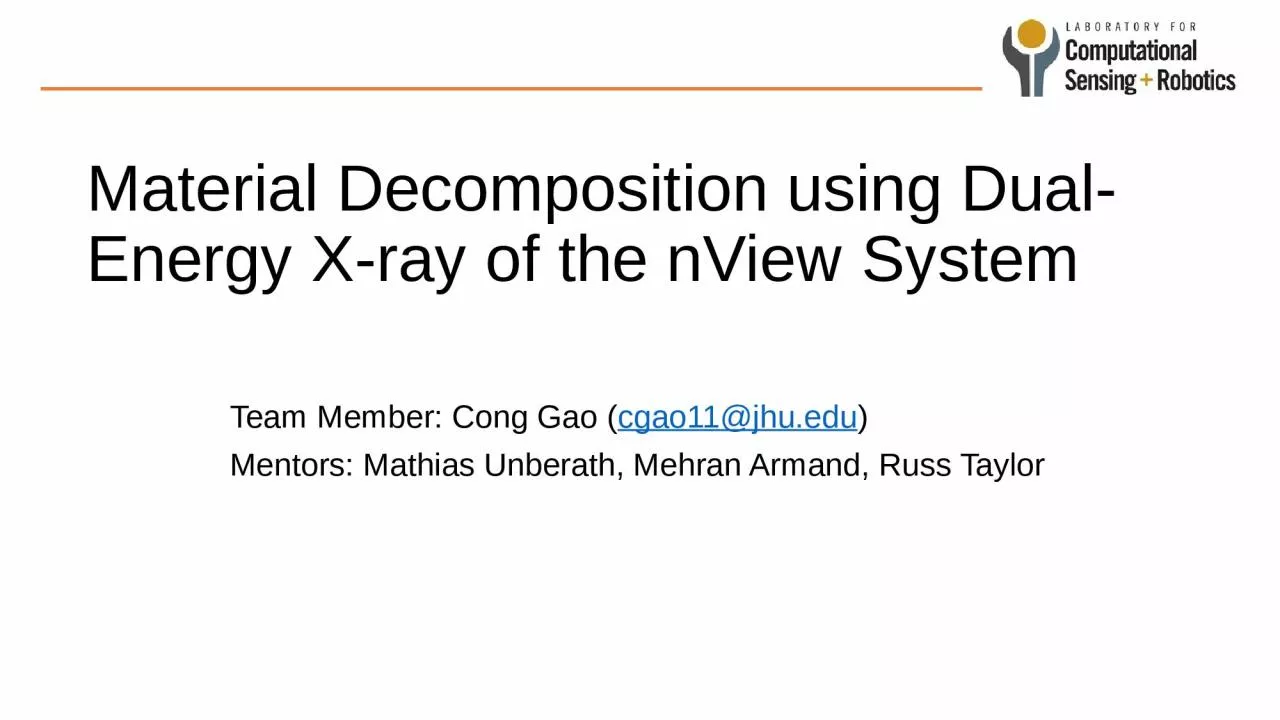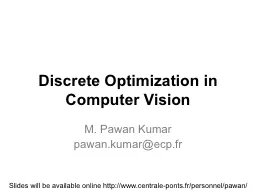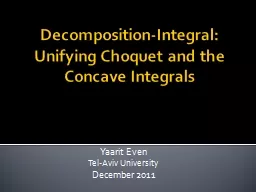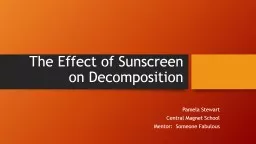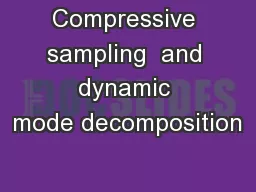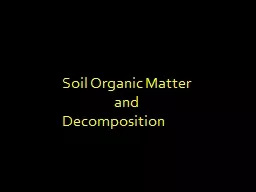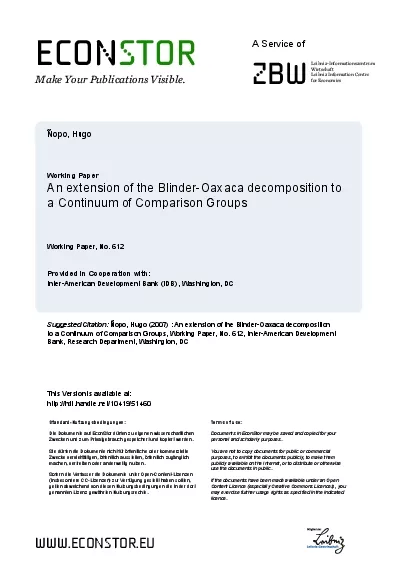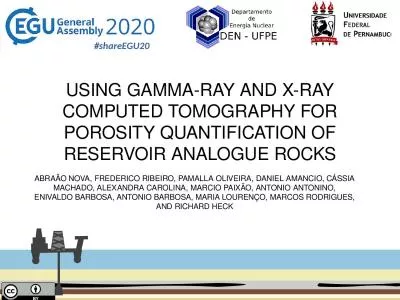PPT-Material Decomposition using Dual-Energy X-ray of the nView System
Author : elena | Published Date : 2024-02-09
Team Member Cong Gao cgao11jhuedu Mentors Mathias Unberath Mehran Armand Russ Taylor Background Dualenergy Xray can help Combine two radiographs acquired at two
Presentation Embed Code
Download Presentation
Download Presentation The PPT/PDF document "Material Decomposition using Dual-Energy..." is the property of its rightful owner. Permission is granted to download and print the materials on this website for personal, non-commercial use only, and to display it on your personal computer provided you do not modify the materials and that you retain all copyright notices contained in the materials. By downloading content from our website, you accept the terms of this agreement.
Material Decomposition using Dual-Energy X-ray of the nView System: Transcript
Download Rules Of Document
"Material Decomposition using Dual-Energy X-ray of the nView System"The content belongs to its owner. You may download and print it for personal use, without modification, and keep all copyright notices. By downloading, you agree to these terms.
Related Documents

